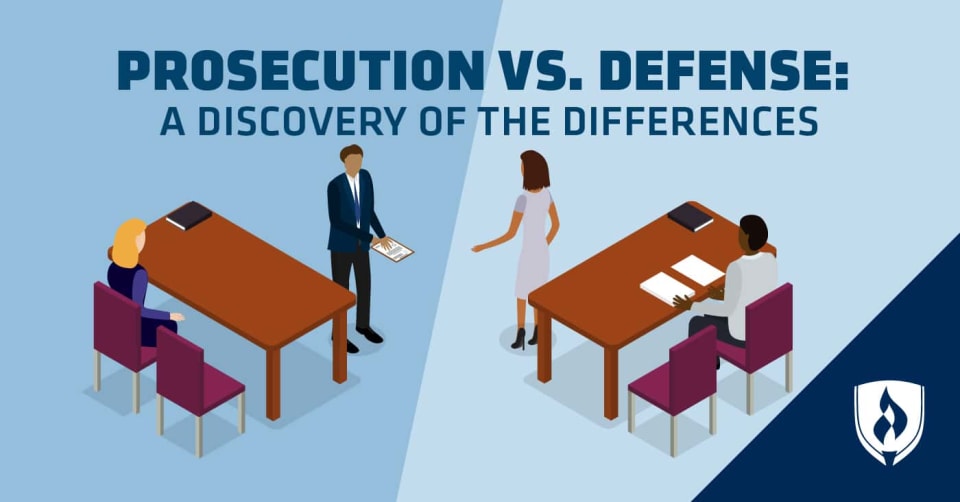
Have you ever wondered why you love true crime stories so much? The podcasts, documentaries and TV shows can be gruesome and twisted but at the same time irresistibly interesting. Even when you have to turn on all the lights at night and know you won’t be able to sleep afterward, you still can’t help but hear how it ends.
Maybe you’ve thought about pursuing the suspense, justice and storytelling in a legal career, but law school is just too expensive, and the horror stories about long exams and on-the-spot questions have soured the idea. As a paralegal, however, you could earn a living doing what you love without all the pressure or the price of a lengthy law school education.
Paralegals assist attorneys on both sides of the courtroom. They are often in charge of conducting legal research, preparing and organizing legal documents, preparing evidence, pursuing affidavits, taking trial notes, and coordinating with clients, witnesses and lawyers.
But if you’re considering a career as a paralegal, you’ll want to have a better idea of what both sides of a criminal law case are focused on. Would you be better suited working for the prosecution or the defense? What better way to understand the differences than to walk through a hypothetical case yourself?
The case
In this admittedly odd example, let’s say your best friend has generally stayed clear of legal trouble, save for a traffic ticket or two. But that all goes out the window one day when their car breaks down, and through a series of events and what they say are miscommunications, they get arrested while driving another person’s car on suspicion of grand theft auto.
The prosecution
After being arrested, your friend’s case and all of the evidence collected will make its way to a district attorney’s office where a prosecutor will look at it and decide what, if any, criminal charges will be pursued. At the head of this office is an attorney who oversees an office of legal professionals. They are all government employees, working to protect the public interest.
One of the most common misconceptions about the prosecution is that they represent the victims of a crime. While they do work closely with victims and often take into consideration a victim’s wishes, they ultimately serve justice and the public at large above all else.
So, imagine your friend’s case crosses the desk of a prosecutor in this office. It may seem like a simple decision whether or not to prosecute—after all, if someone gets arrested, then they must be guilty of something, right? For a prosecutor, however, they must consider the burden of proof and their ability to successfully prosecute a case.
Since the U.S. holds that someone is innocent until proven guilty, it is up to the prosecutor to prove guilt, not the defender to prove innocence. A prosecutor must have sufficient evidence to meet the standard of proof beyond a reasonable doubt used in criminal cases.
This is the highest standard of proof in any court. Since a person’s freedom is on the line, the prosecutor can’t just prove that the defendant is probably guilty. They must prove every aspect of their criminal charge so that there is no possible conclusion other than that the defendant committed the crime. For example, if the prosecutor wanted to charge your friend with grand theft auto, they must prove all of the following points:
- The defendant took or drove the vehicle
- The vehicle was not the property of the defendant
- The vehicle’s owner did not give the defendant permission or consent to take or drive the vehicle
- The defendant intended to permanently deprive the owner of the vehicle
Even if the prosecutor could prove points one through three but not four, they would have insufficient evidence and have to either drop the case or pursue different criminal charge—for example a joyriding misdemeanor.
In some cases, the prosecutor may use a grand jury to help determine if there is enough evidence to proceed with a criminal charge, not if the defendant is actually guilty of those charges. They typically consist of 12 to 23 people who review the evidence of a prosecutor’s case and vote whether or not to indict. From there a prosecutor can choose to pursue the original charge, move to pursue a lesser charge or drop the case altogether. If the prosecutor decides not to pursue your friend’s case, there will still be a record of the arrest, but no punishment will be handed down—but for the sake of this example, let’s assume they’re moving forward with an indictment.
The defense
Unlike prosecutors, defense attorneys can be either private or public. So if your friend cannot find a private attorney to take their case or cannot afford one, they will be assigned a public defender who works for the government.
One of the first things a defense attorney’s team will do is file a motion for discovery. This means that the prosecution must turn over any evidence they intend to use against your friend in court. For this case it might include the police report of the incident, a list of witnesses interviewed and accompanying documentation, DMV records and records of your friend’s communications with the victim.
From there, the defense attorney will review the material, potentially depose the prosecution’s witnesses and determine if any witnesses can testify on her behalf.
The attorney will then begin constructing a defense. If your friend did commit the crime and the evidence is convincing, her attorney may suggest arguing that the act was excused because of self-defense, duress, entrapment or something similar. More likely, they will suggest negotiating a plea deal where your friend would agree to plead guilty in exchange for leniency in punishment—avoiding a felony conviction and the challenges it can bring can be a big motivator in this scenario.
If, instead, your friend decides they want to fight the charges, they will go to court. The most important thing a defense attorney can do in a criminal trial is to establish reasonable doubt. Because they do not need to prove their client’s innocence, they must simply come up with a good enough reason that the prosecution’s argument is flawed. Depending on the circumstances of the case, they may try to uncover falsities in the police report, inconsistencies in prosecuting testimonies, establish an alibi or produce other potentially exonerating evidence. After that, it’s up to the judge and the trial jury to decide their fate.
Whose side are you on?
While TV and movies often portray prosecutors and defense lawyers as less than reputable—either over-zealous and cutting corners or letting criminals get away—both sides of the court are necessary to uphold a functioning justice system.
Working for the prosecution team, you could help protect the public from a lot of dangerous people. You might also help desperate people find mercy, restitution and a second chance.
As a member of the defense team, you could help give a voice to those who are facing one of the most difficult times in their lives. You could help protect their right to an education, employment and a future unburdened by a criminal record.
If you’re interested in a paralegal career, learn more about the ins and outs of the position in our article, “What I Wish I Knew BEFORE Becoming a Paralegal.”




